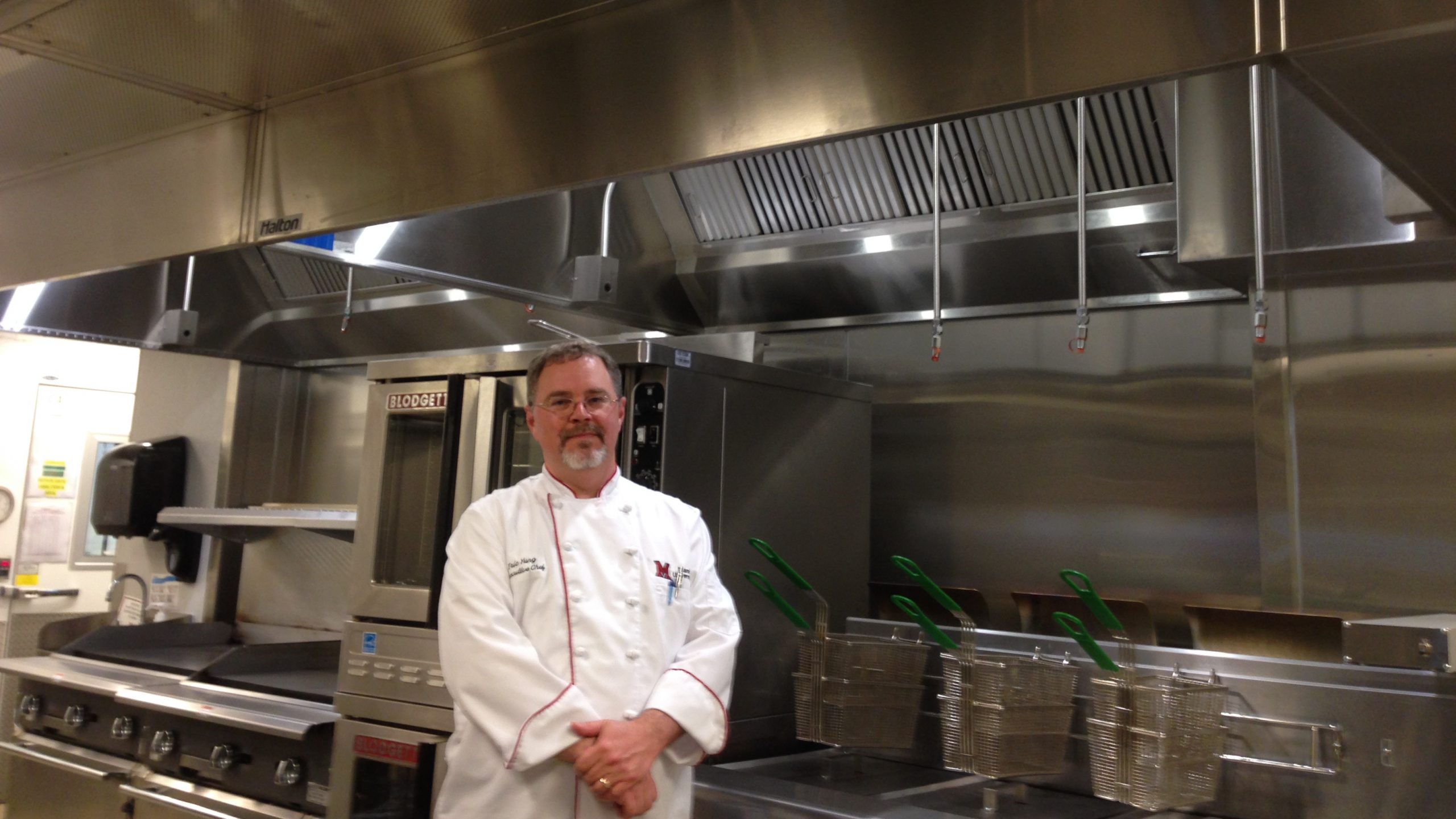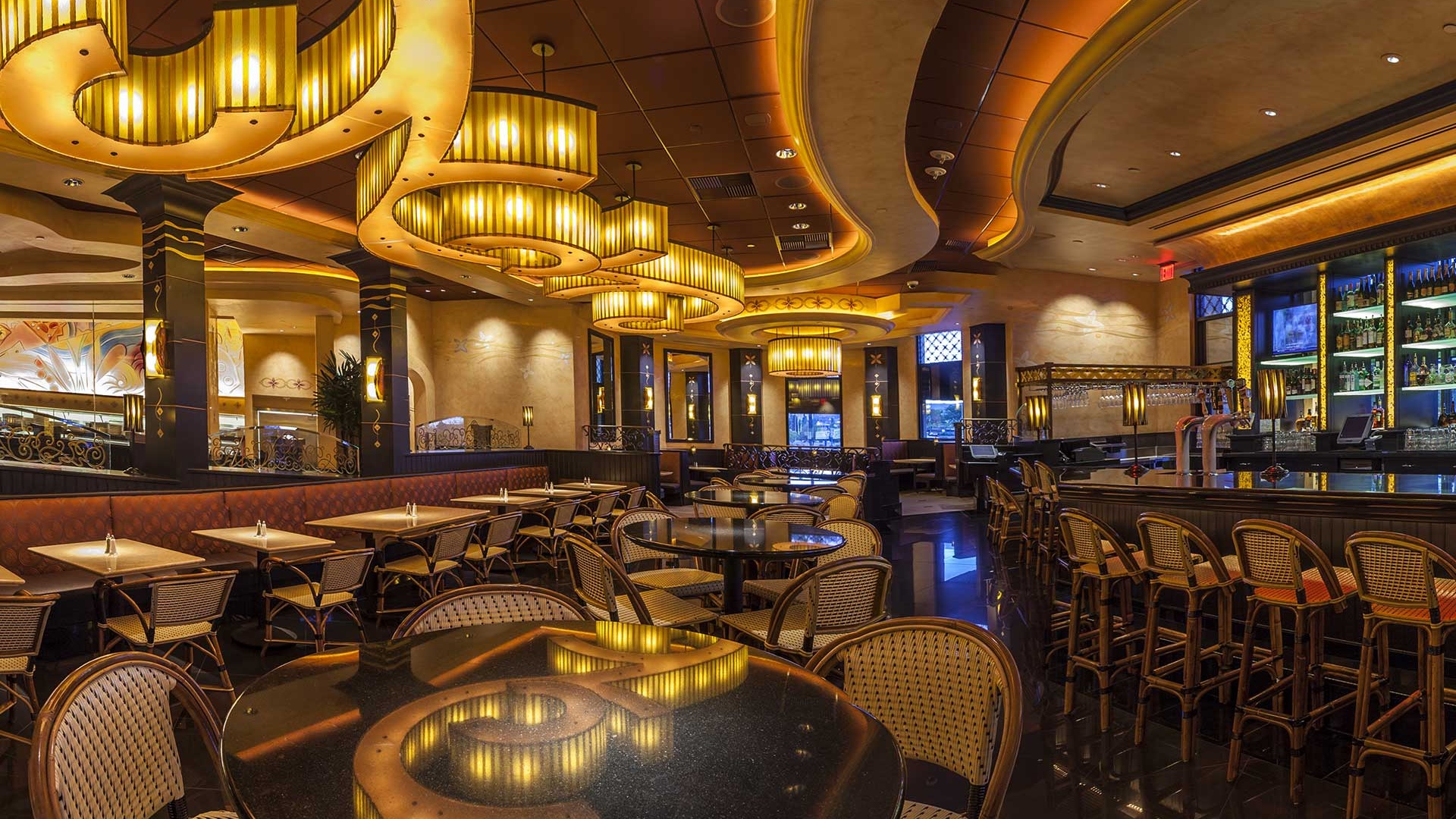CONTEXT
In an effort to reach Miami University’s goal of a 20 percent reduction in both energy and CO² emissions, the new Armstrong Student Center Construction Team was working hard to achieve a LEED Silver rating. With a target opening date of February 2014, technologies were sought to optimize energy usage for each of the five dining stations within the center. Intelli-Hood® was selected because of it’s savings projections and successful performance in other Miami University dining halls. Below is the compiled kitchen operation data across the five dining stations in which Intelli-Hood was installed:
- Total motor power: 56.5 HP
- Daily operating hours: 17
- Days per week: 7
- Weeks per year: 52
- Cost per kilowatt hour: $0.05
- Climate zone: 5
RESULTS
The Miami University Facilities team avoided using 254,794 kilowatts and spending $65 thousand dollars in utility costs as a result of installing Intelli-Hood. They also and reduced their carbon footprint by 341,424 pounds. After presenting a year’s worth of data for all building systems, the Armstrong Center was rated as LEED Silver by the United States Green Building Council in October 2016.
Below are two sample graphs of the varying exhaust fan speed for one day at two separate dining stations:


Here are a before (navy) and after (green) reductions in kilowatt hours, heat load and exhaust volume across all five dining stations:

The team at Miami University commented on their impression of Intelli-Hood and Melink:
“Working with Melink and their Intelli-Hood system has been nothing but
a good experience. They know what they are talking about and walked us
through the entire process.”
– Eric Yung, Miami University, Executive Chef
“We’re experiencing energy savings with no interruption to
kitchen operations. All our staff needs to do is turn on the
lights and occasionally clean.”
– John Pittman, Miami University, Food Service Operations
Could Intelli-Hood be a fit for my project?
Are you curious how much energy Intelli-Hood could save within your commercial or industrial kitchens? Submit an energy savings estimate request form at the bottom of our Intelli-Hood page to get started.
Email this case study or share it to your social media by clicking the icons below.







